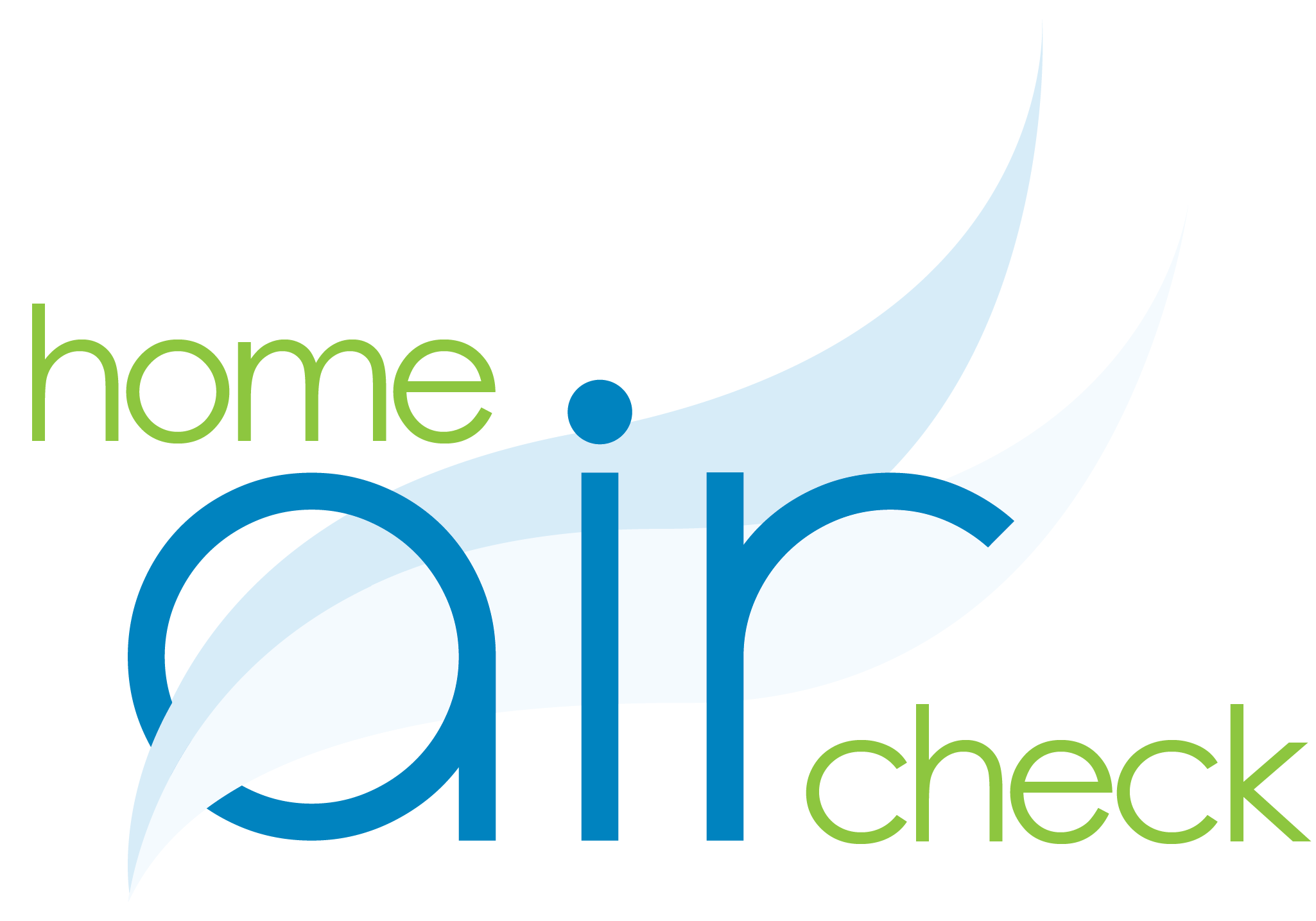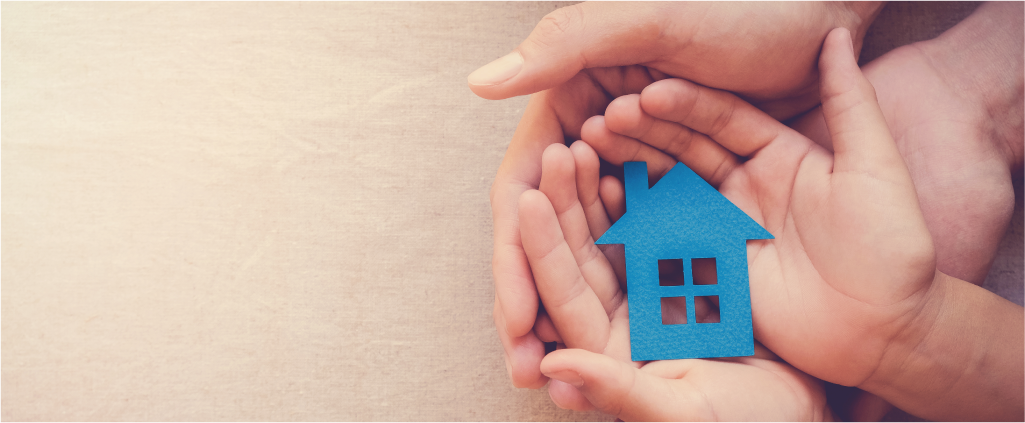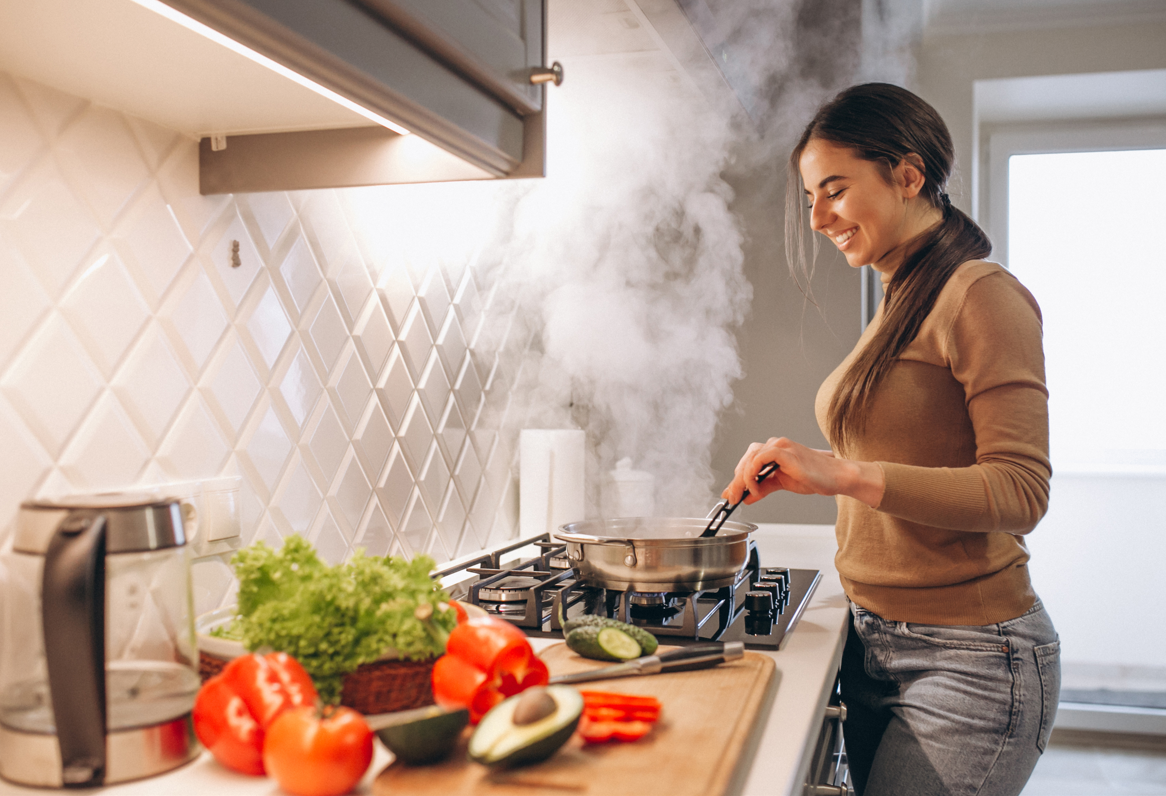It is common as we get older that we pay more attention to our general health. We might choose to exercise to stay in shape, we may also diet and eat healthier finding we are more mindful of what foods we consume. These are great to do! But being aware of what is in the air you breathe in is something that is important to be mindful of too. Just as you may have sensitivities to different foods, you may also have sensitivities to things in the air around you.
What are these things and how can we avoid them? The best way to keep your indoor air healthy and avoid over exposure from these irritants is to make sure your home is well ventilated. Inside of your home there are many different contaminants that can be in the air you breathe. With some being more dangerous than others it is important to know what these contaminants are and where they come from. These might be…
- Allergens
- Carbon Monoxide
- Carbon Dioxide
- Environmental Tobacco Smoke
- Formaldehyde and other VOCs
- Nitrogen Dioxide
- Moisture/Mold
- Particulate Matter
- Radon
Contaminants to always be aware of but aren’t of immediate concern or risk are things such as Allergens, Tobacco Smoke, Moisture, Carbon/Nitro Dioxide, and VOCs such as particulate matter. These can be found in things such as pollen, pet dander, and personal care products like scented sprays and candles, cleaning solutions, and air fresheners. Even actions such as cooking (using gas stoves) and showering. Common reactions to these contaminants are allergic respiratory and skin reactions, if a person is highly sensitive they may experience an asthma or COPD attack.
On the other hand, contaminants that pose more of a serious and immediate health risk if suspected are Radon and Carbon Monoxide. Radon is a naturally occurring gas that can slowly emit from uranium found in some soils. It can move up through the ground to the air in your home through cracks in the foundation. In this case your home will trap radon inside and it can build up. Potential symptoms of radon exposure could be respiratory distress, chest pain, loss of appetite, and frequent infections like bronchitis and pneumonia. This exposure can be fatal high levels of exposure over a long period of time.
Carbon Monoxide is a byproduct of combustion, it is commonly found in stoves and other fuel burning appliances such as generators. It can also be emitted from smoking, and vehicles that burn fossil fuel (not EVs). Potential health effects of Carbon Monoxide exposure are the decrease in your body’s ability to carry oxygen which can cause cardiovascular and respiratory issues. Like Radon, at high levels exposure can be fatal so these are extremely important to familiarize yourself with.
Importance of Ventilation
These contaminants and the health risks associated with them can certainly be concerning. Thankfully there is an effective way to avoid high exposures to them and keep your home, your air, and yourself healthy. Proper ventilation is the best way to improve your indoor air quality. Remember, in a lot of cases you cannot completely rid of these contaminants, but you can dilute them and lessen their presence. Here a few tips for simple ways to make ventilation a part of your daily routine:
- Airing your house a few times a day with wide open doors and windows to create a cross draft will quickly replace stale indoor air with fresh outdoor air and even remove moisture from your home.
- Make sure your insulation is effective, a few clues to be aware of when it is time to replace your insulation could be fluctuating indoor temperatures, or you are having trouble keeping your home cool even when the air conditioning is running. A few more things that may indicate your insulation is not working effectively are things such as trouble keeping your home warm in the winter, higher electricity bills, and water damage to your roof.
- When showering or bathing make sure to use an extractor fan or exhaust fan to keep the air circulating and prevent moisture build up that can cause mold to grow.
- To reduce odors and improve air circulation, as well as trap particulates from cooking it is always a good idea to turn on your range hood while cooking. Make sure to clean your range hood regularly to maintain good air quality.
For more information and tips on how to ventilate your home Click Here


